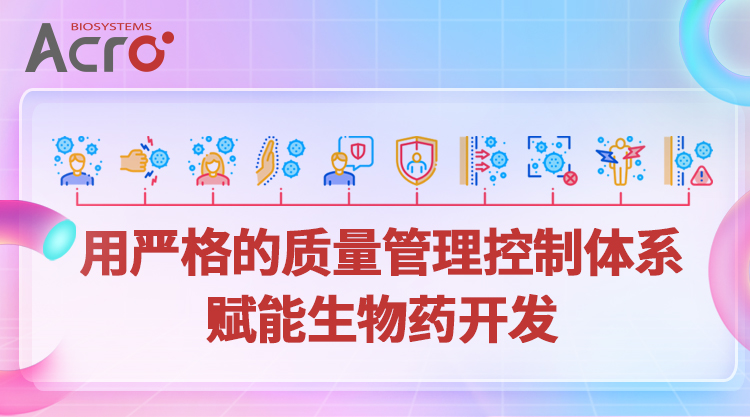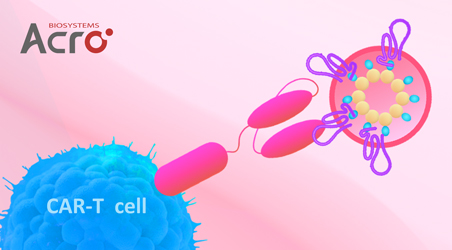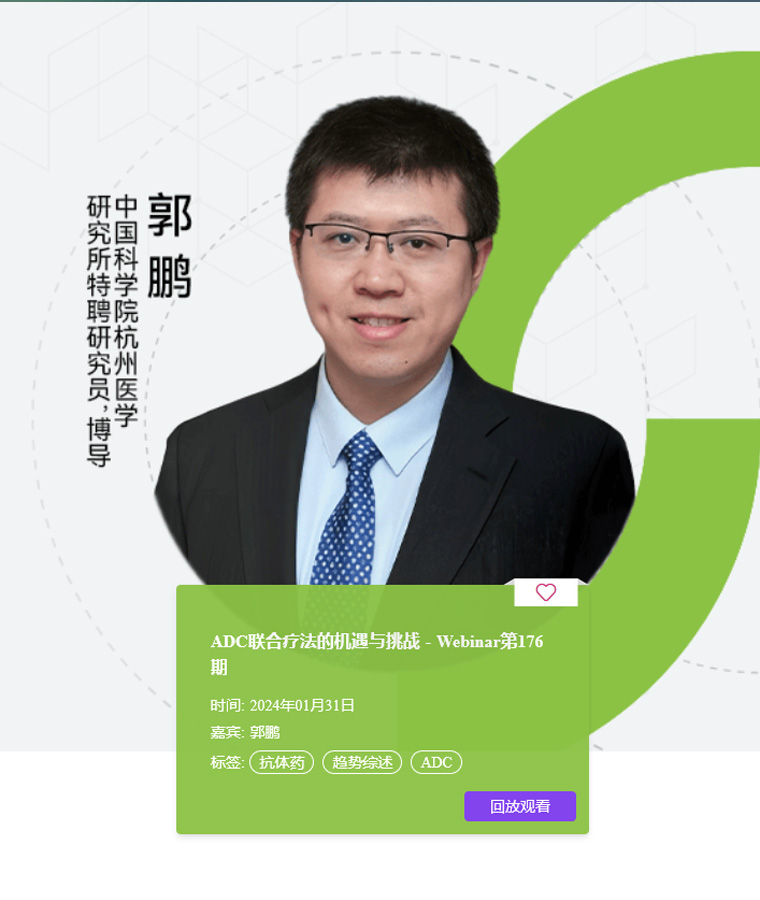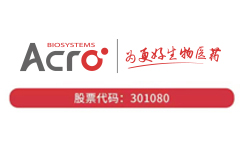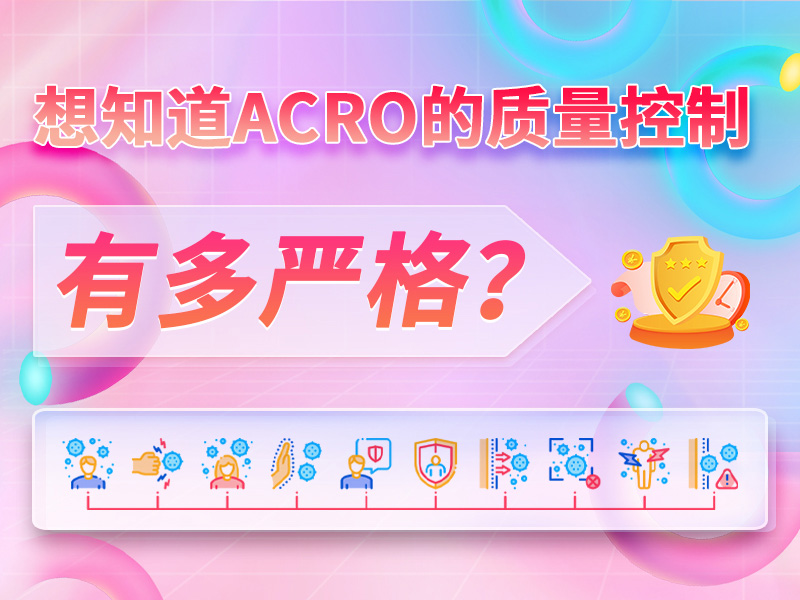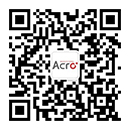描述(Description)
The Human TGF-beta R (Luc) HEK293 Reporter Cell was engineered to express Smad signaling response element driving luciferase expressing systems. When stimulated with TGF-beta (TGF-beta 1/2/3) protein, receptor-mediated signaling can drive Smad-mediated luminescence. Neutralization of biological effect of the ligand-receptor interaction by corresponding antibody results in a decrease in luminescence.
应用说明(Application)
• Screen for neutralizing antibodies blocking the ligand-receptor interaction.
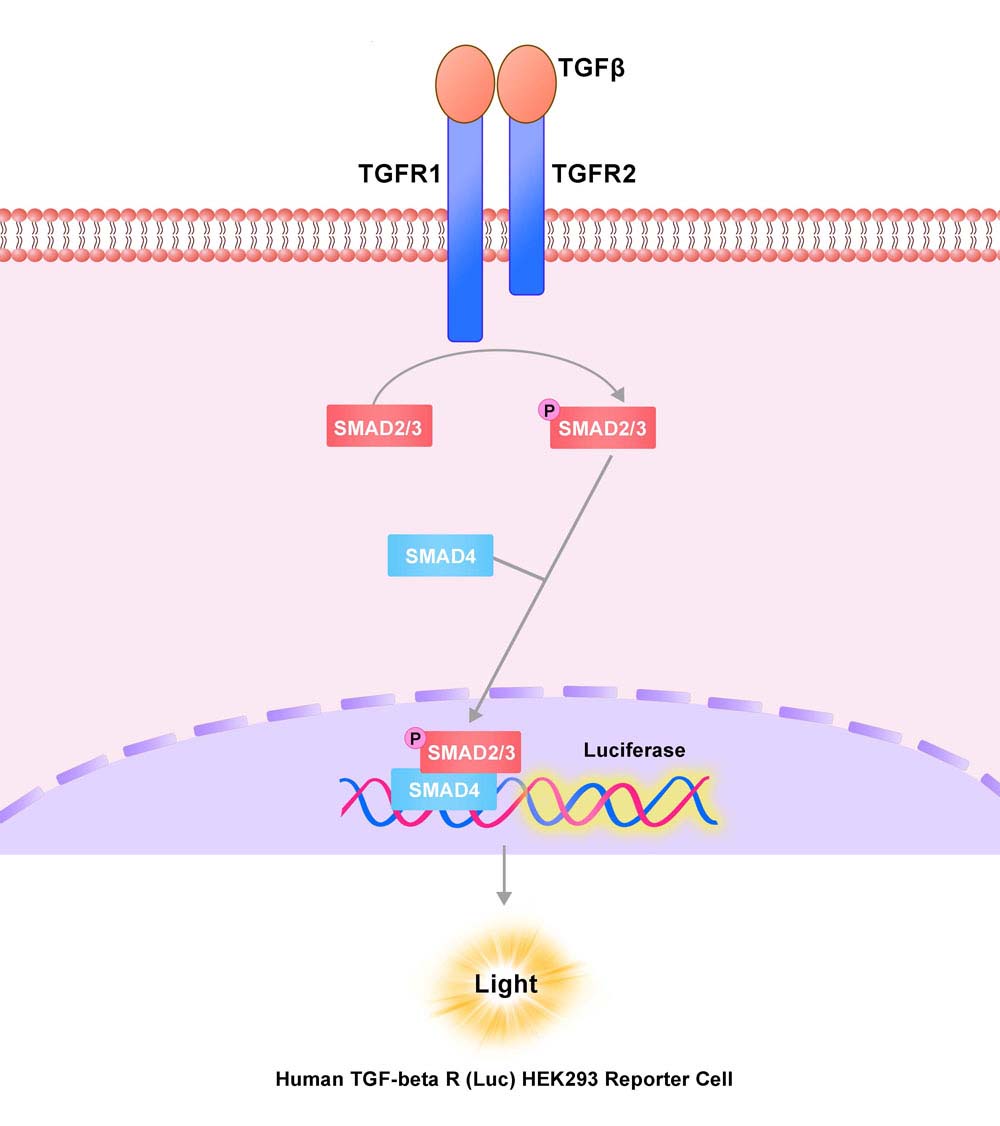
生长特性(Growth Properties)
Adherent
筛选标记(Selection Marker)
Puromycin (2 μg/mL)
培养基(Culture Medium)
DMEM + 10% FBS
冻存液(Freeze Medium)
Serum-free cell cryopreservation medium
装量(Quantity)
1 vial contains at least 5×10^6 cells in 1 mL serum-free cryopreservation medium
存储(Storage)
Frozen in liquid nitrogen.
支原体检测(Mycoplasma Testing)
Negative
无菌检测(Sterility Testing)
Negative
使用说明(Instructions for Use)
See data sheet for detailed culturing and assay protocol.
Application
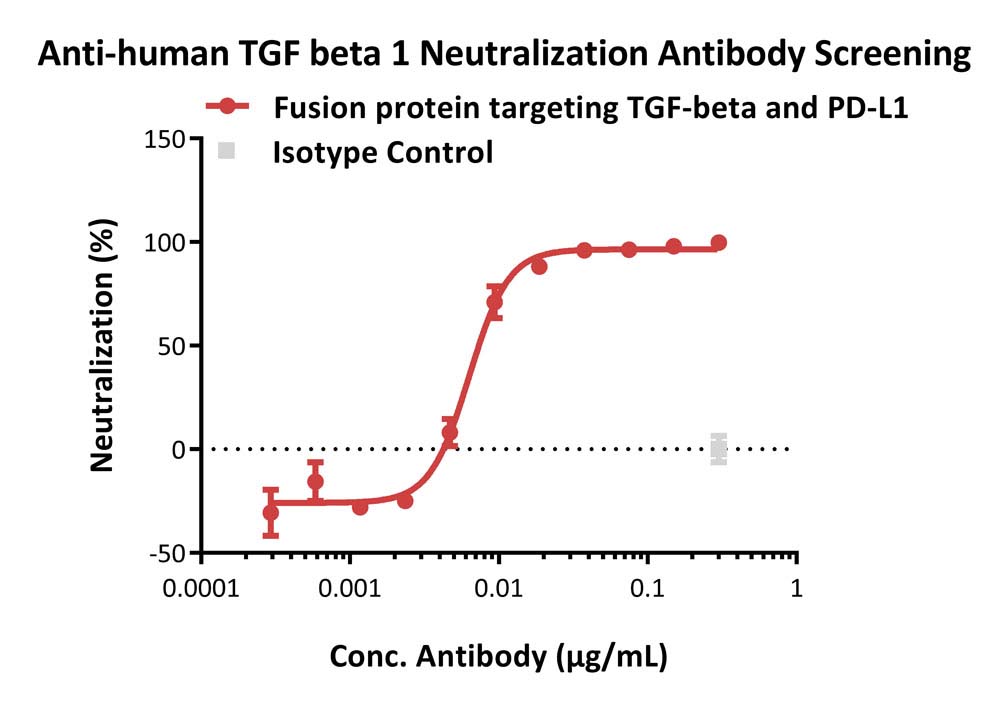
Inhibition of human TGF-beta 1 protein protein-induced reporter activity by a bifunctional fusion protein targeting TGF-beta and PD-L1. This reporter cell was incubated with serial dilutions of the bifunctional fusion protein in the presence of human TGF-beta 1 protein (Cat.No.TG1-H4212) with a final concentration of 0.005 μg/mL. The EC50 of the bifunctional fusion protein (Bintrafusp alfa) is approximately 0.006323 μg/mL.
Protocol
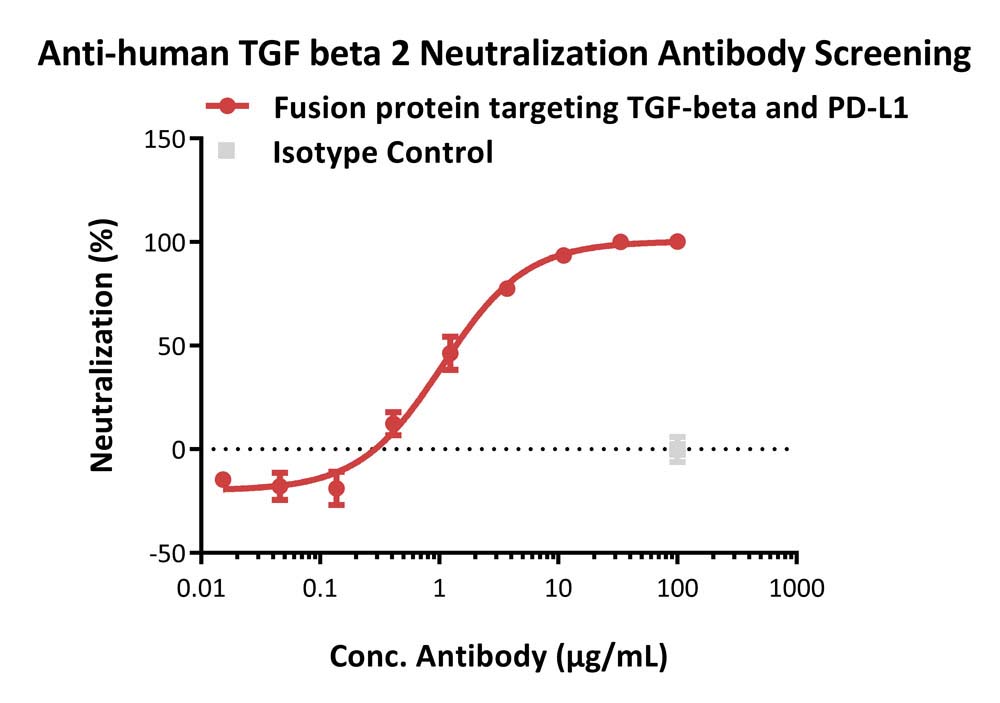
Inhibition of human TGF-beta 2 protein protein-induced reporter activity by a bifunctional fusion protein targeting TGF-beta and PD-L1. This reporter cell was incubated with serial dilutions of the bifunctional fusion protein in the presence of human TGF-beta 2 protein (Cat.No.TG2-H4215) with a final concentration of 0.003 μg/mL. The EC50 of the bifunctional fusion protein (Bintrafusp alfa) is approximately 1.06 μg/mL.
Protocol
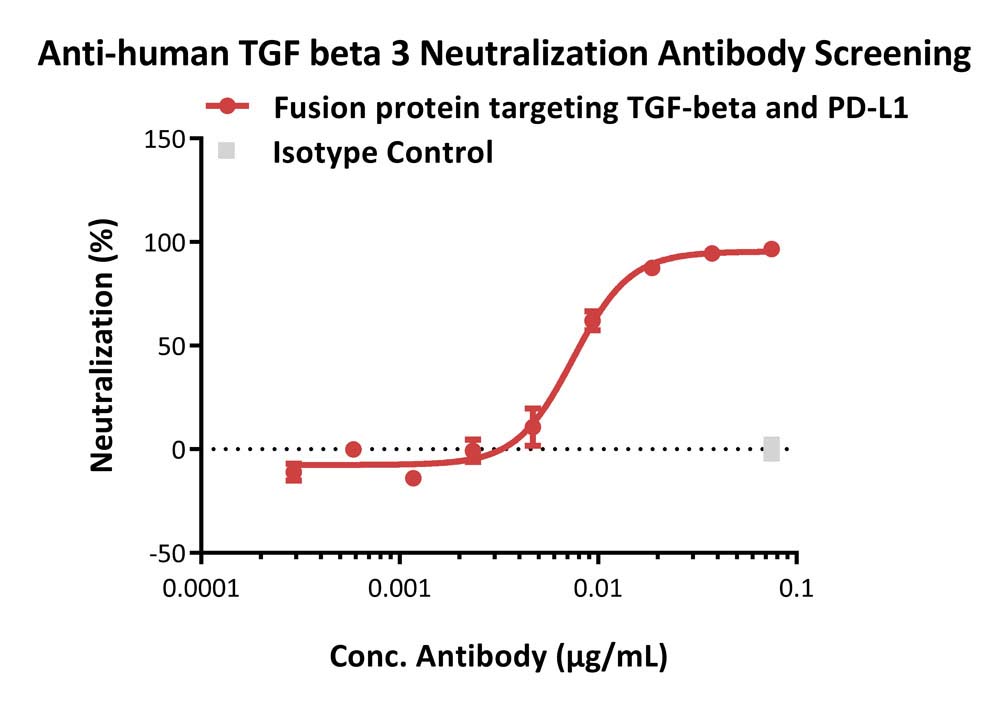
Inhibition of human TGF-beta 3 protein protein-induced reporter activity by a bifunctional fusion protein targeting TGF-beta and PD-L1. This reporter cell was incubated with serial dilutions of the bifunctional fusion protein in the presence of human TGF-beta 3 protein (Cat.No.TG3-H5213) with a final concentration of 0.002 μg/mL. The EC50 of the bifunctional fusion protein (Bintrafusp alfa) is approximately 0.0075 μg/mL.
Protocol
Signaling Bioassay
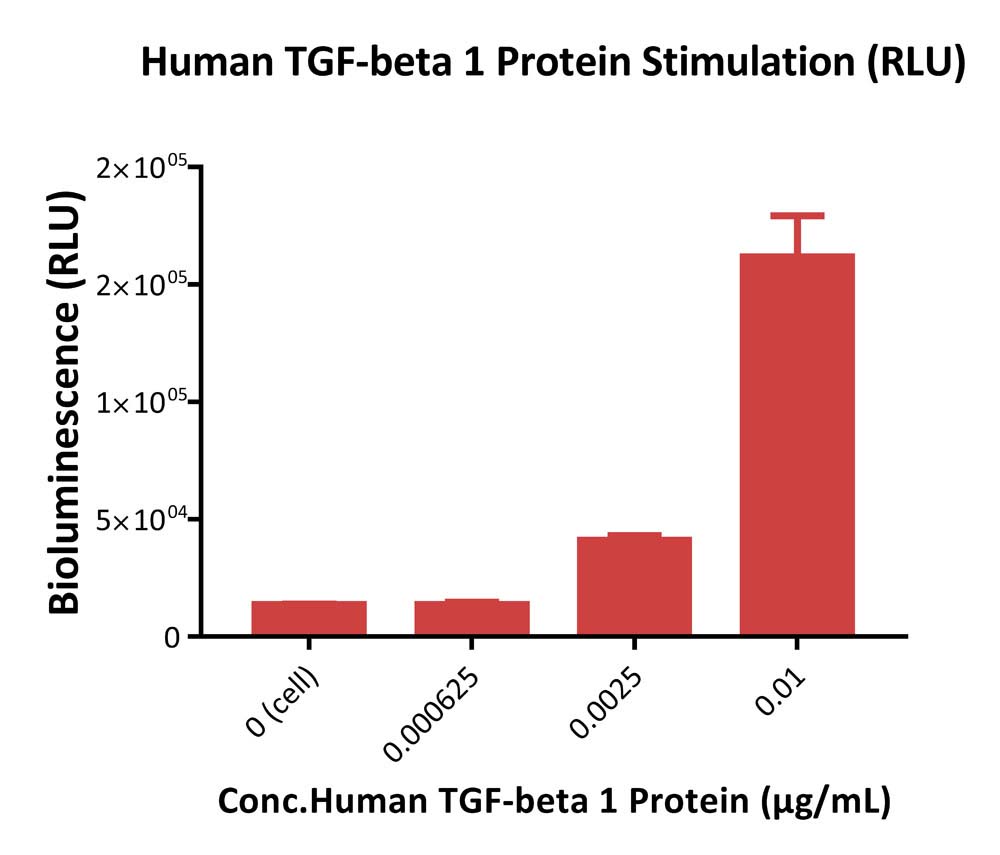
Response to human TGF-beta 1 protein (RLU). The Human TGF-beta R (Luc) HEK293 Reporter Cell was stimulated with serial dilutions of human TGF-beta 1 protein (Cat.No.TG1-H4212). The max induction fold was approximately 11.81.
Protocol
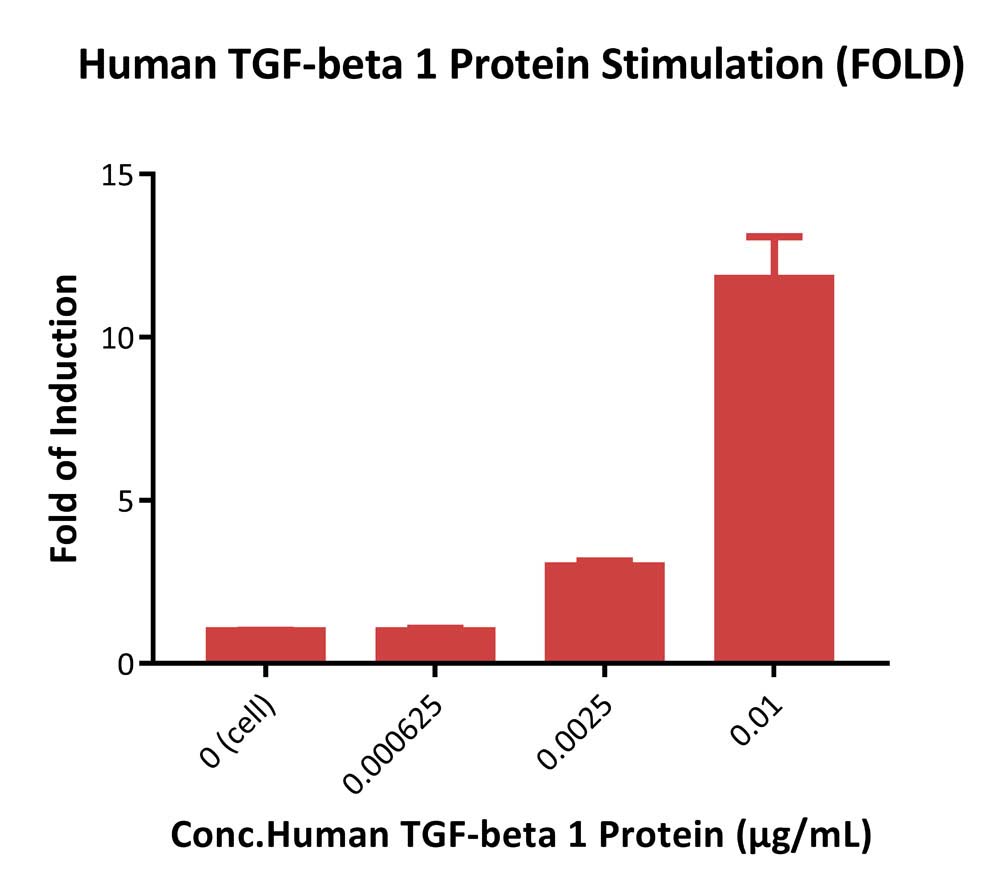
Response to human TGF-beta 1 protein (FOLD). The Human TGF-beta R (Luc) HEK293 Reporter Cell was stimulated with serial dilutions of human TGF-beta 1 protein (Cat.No.TG1-H4212). The max induction fold was approximately 11.81.
Protocol
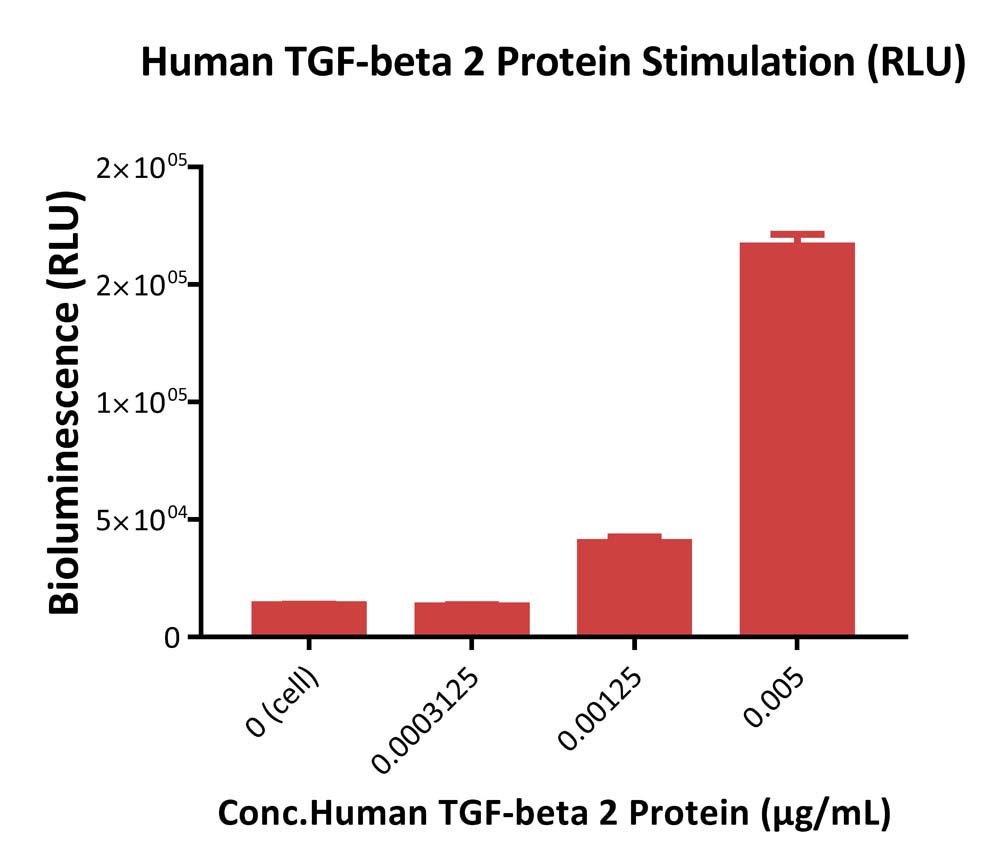
Response to human TGF-beta 2 protein (RLU). The Human TGF-beta R (Luc) HEK293 Reporter Cell was stimulated with serial dilutions of human TGF-beta 2 protein (Cat.No.TG2-H4215). The max induction fold was approximately 12.15.
Protocol
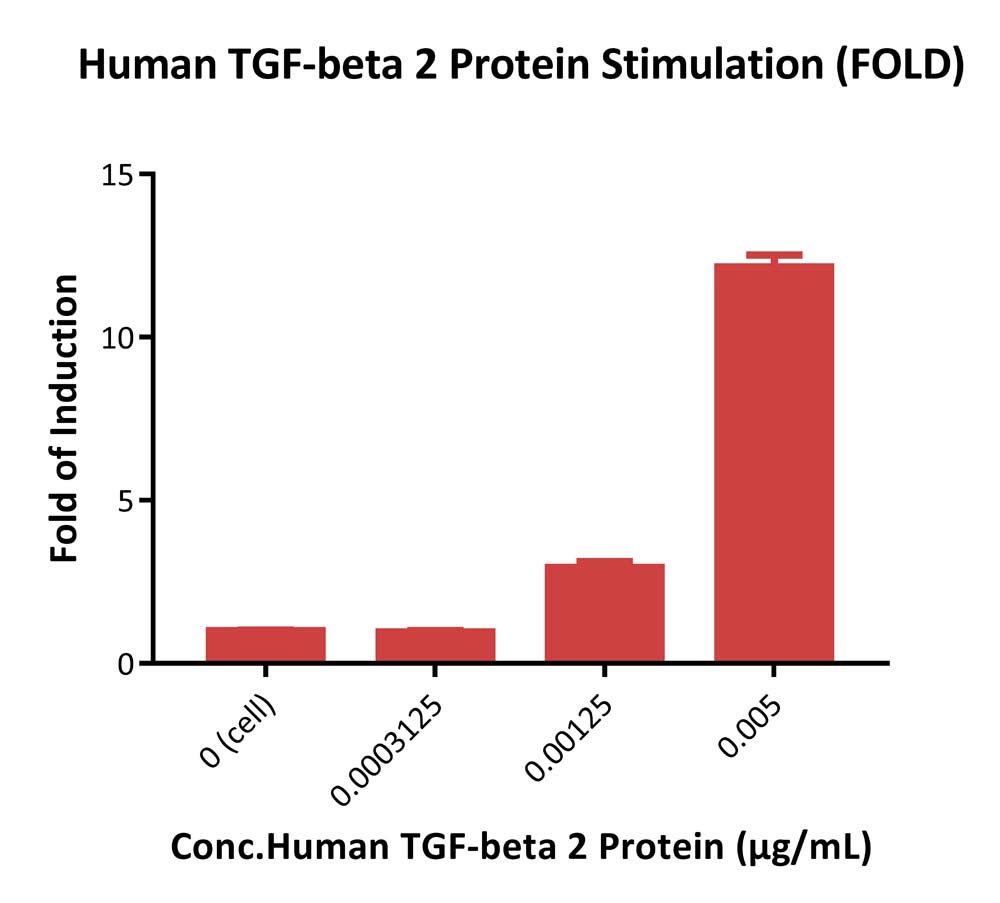
Response to human TGF-beta 2 protein (FOLD). The Human TGF-beta R (Luc) HEK293 Reporter Cell was stimulated with serial dilutions of human TGF-beta 2 protein (Cat.No.TG2-H4215). The max induction fold was approximately 12.15.
Protocol
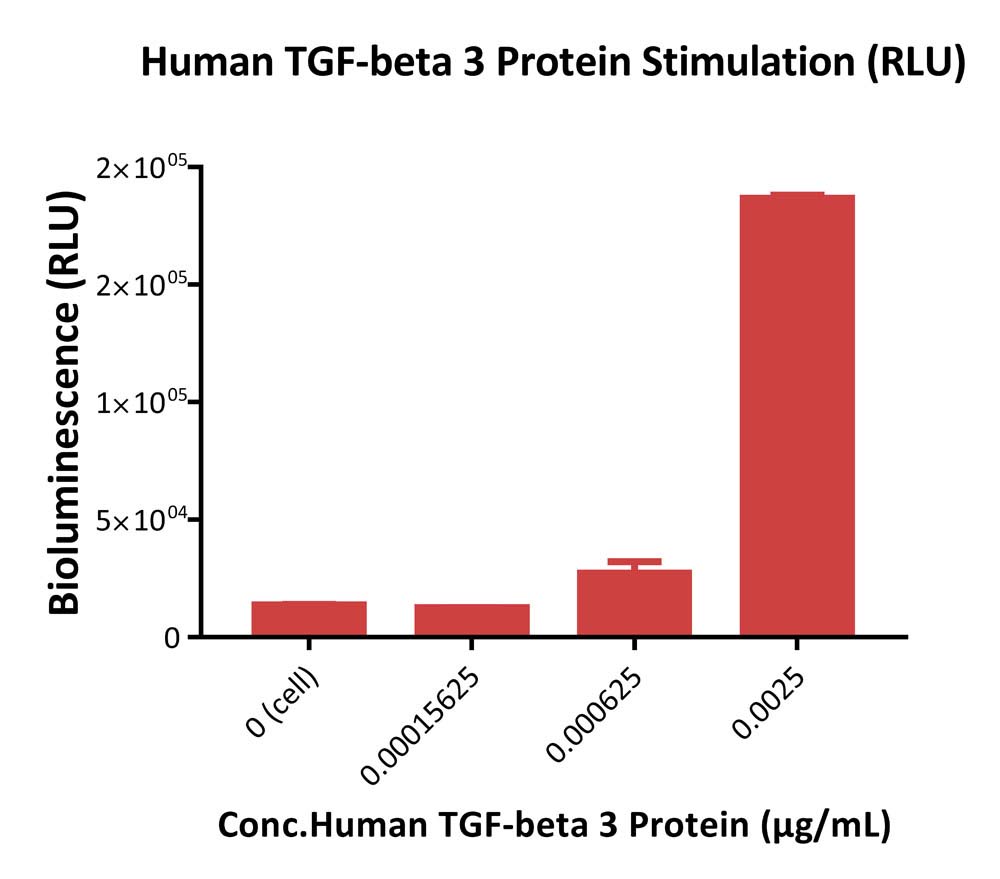
Response to human TGF-beta 3 protein (RLU). The Human TGF-beta R (Luc) HEK293 Reporter Cell was stimulated with serial dilutions of human TGF-beta 3 protein (Cat.No.TG3-H5213). The max induction fold was approximately 13.64.
Protocol
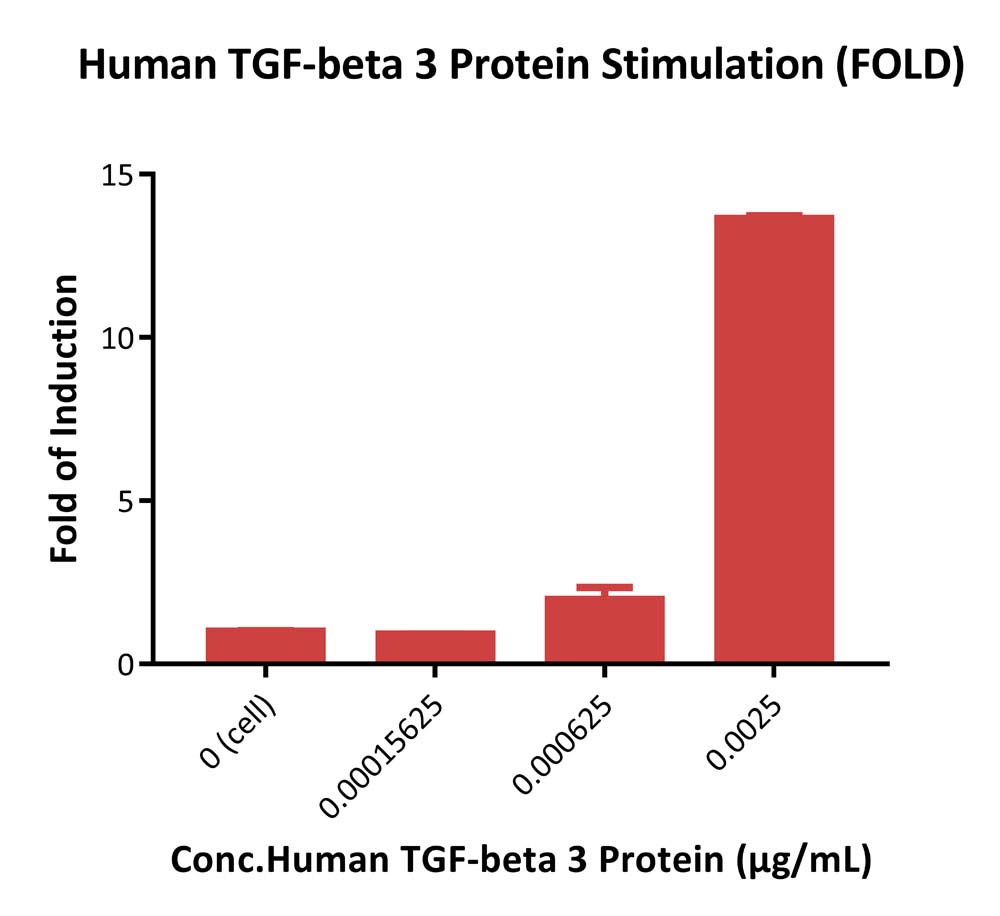
Response to human TGF-beta 3 protein (FOLD). The Human TGF-beta R (Luc) HEK293 Reporter Cell was stimulated with serial dilutions of human TGF-beta 3 protein (Cat.No.TG3-H5213). The max induction fold was approximately 13.64.
Protocol
如有相关细胞池需求请联系我们
背景(Background)
Transforming growth factor beta 1 ( TGFB1) is also known as TGF-β1, CED, DPD1, TGFB. is a polypeptide member of the transforming growth factor beta superfamily of cytokines. It is a secreted protein that performs many cellular functions, including the control of cell growth, cell proliferation, cell differentiation and apoptosis. The TGFB1 protein helps control the growth and division (proliferation) of cells, the process by which cells mature to carry out specific functions (differentiation), cell movement (motility), and the self-destruction of cells (apoptosis). The TGFB1 protein is found throughout the body and plays a role in development before birth, the formation of blood vessels, the regulation of muscle tissue and body fat development, wound healing, and immune system function. TGFB1 is particularly abundant in tissues that make up the skeleton, where it helps regulate bone growth, and in the intricate lattice that forms in the spaces between cells (the extracellular matrix). Within cells, this protein is turned off (inactive) until it receives a chemical signal to become active. TGFB1 plays an important role in controlling the immune system, and shows different activities on different types of cell, or cells at different developmental stages. Most immune cells (or leukocytes) secrete TGFB1. TGFB1 has been shown to interact with TGF beta receptor 1, LTBP1, YWHAE, EIF3I and Decorin.
License Disclosure
This cell line is provided for research use only. This license does not permit you to share, distribute, sell, sublicense, or otherwise make this cell line available for use to other laboratories, departments, research institutions, hospitals, universities, or biotech companies. The license does not permit modification of this cell line in any way. Inappropriate use or distribution of this cell line will result in revocation of the license. Modifications of this cell line, transfer to another facility, or commercial use of the cell lines may require a separate license and additional fees. AcroBiosystems does not warrant the suitability of this cell line for any particular use, and does not accept any liability in connection with the handling or use of this cell line.
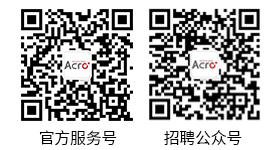


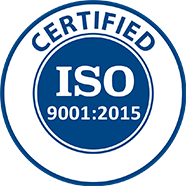
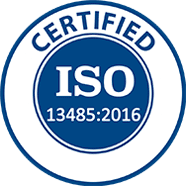

















































 膜杰作
膜杰作 Star Staining
Star Staining
